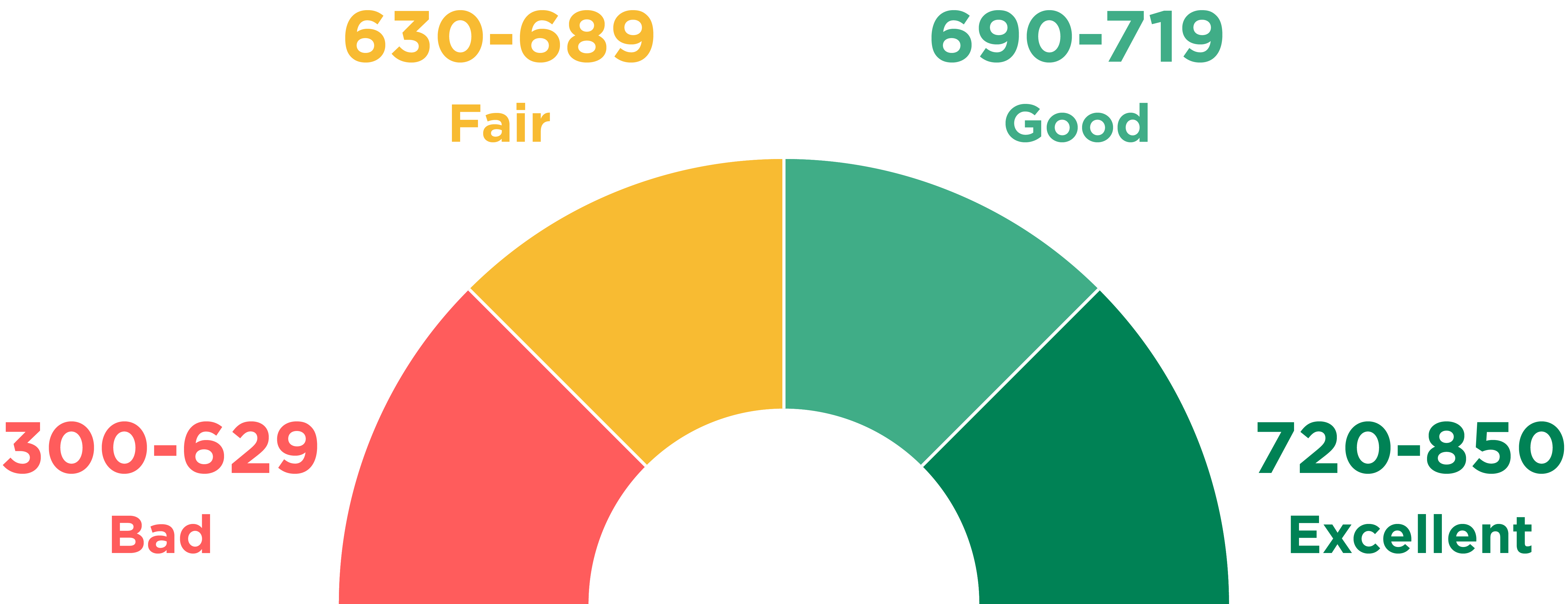
In Forex, risk management is crucial for managing your trading efforts. Risk management is essential for Forex traders. Too many trades can result in losing too much money. There are many forex risk management strategies you can use to make your trading more profitable. These articles show how to implement these strategies in your trading. These are not intended to be used as a guideline. Do not use this information as investment advice.
Position size
One of the best ways to minimize your risks is to control your position size. Start with five positions. You can increase or decrease this number as you assess the risk for each trade. This will allow you to manage your risk and still make the profit you desire. Below are some strategies to reduce position size. They all help you control your risk. These methods are all based on sound forex management principles. Which one should you choose?
Calculating position size is the first step to proper Forex risk management. The most common way to calculate position size is to use a dollar limit, or a percentage. For example, a $10,000 trading account could risk $100 per trade with a 1% limit, or $50 with a 0.5% limit. Once you have determined the amount you want to risk per trade, you can multiply it by half or double depending on the amount you wish to invest.

Stop loss
A Stop Loss in forex is an order to exit a losing market. Traders use Stop Loss to avoid making emotional decisions. This order, also known as S/L, can be placed simultaneously on both Market Execution or Instant Execution accounts. Both are vital components of managing forex risk. Stop Loss or Take Profit orders can be used to protect your capital, and they will ensure that you lose as little as possible.
One of the best risk management strategies is to use both stop loss and take-profit orders. Trading within a certain risk/reward range is critical as it increases your chances for success. Set a stop and limit on every trade. In other words, if you risk $1 for every $1 you make, your stop loss should be at least that amount. Make sure your stop loss is as far as possible from the current market prices when you use a stop-loss.
Controlling your emotions
It is essential to learn how to control your emotions in order maximize your profits in forex markets. Your emotions will affect your trading decisions. It is important to maintain a calm demeanor when trading, because this can either make or break a trade. To ensure consistency and success you must plan your trades. Realistic market conditions will allow you to evaluate the risk of your trades.
Many traders struggle with emotions control when trading. These professional trading methods can be tailored to the personality of a trader but many of them are universal and can work regardless of where you are at this stage of your career. Although tutorials and technical guides are helpful, you need to be able to control your emotions if you want forex trading success. If you don't, you'll likely abandon your plan and make irrational moves that will damage your trading results.

Leverage
Leverage is a method that allows you to trade with a lower amount of capital in order to control large markets. This method can boost returns and decrease losses, depending on how you manage risk. Many FX traders use leverage to maximize their returns. However, it also carries a high level of risk. You must decide how much leverage you are comfortable with in order to succeed.
Many high-leveraged traders experienced near-bankruptcy when the SNB depreciated the Swiss franc from Euro in January 2015. Other major market events, such as the Brexit vote or the US presidential election, reduced the leverage brokers offer to their clients. Trader's leverage allows them to trade at much higher amounts than their clients would otherwise be able. This type of exposure, without high risk, makes trades more profitable.
FAQ
What is the time it takes to become financially independent
It depends upon many factors. Some people can be financially independent in one day. Others need to work for years before they reach that point. It doesn't matter how long it takes to reach that point, you will always be able to say, "I am financially independent."
The key to achieving your goal is to continue working toward it every day.
How do I know when I'm ready to retire.
The first thing you should think about is how old you want to retire.
Is there a particular age you'd like?
Or would that be better?
Once you've decided on a target date, you must figure out how much money you need to live comfortably.
The next step is to figure out how much income your retirement will require.
You must also calculate how much money you have left before running out.
What can I do to increase my wealth?
You need to have an idea of what you are going to do with the money. How can you expect to make money if your goals are not clear?
Also, you need to make sure that income comes from multiple sources. If one source is not working, you can find another.
Money does not just appear by chance. It takes planning and hardwork. So plan ahead and put the time in now to reap the rewards later.
Statistics
- An important note to remember is that a bond may only net you a 3% return on your money over multiple years. (ruleoneinvesting.com)
- They charge a small fee for portfolio management, generally around 0.25% of your account balance. (nerdwallet.com)
- Some traders typically risk 2-5% of their capital based on any particular trade. (investopedia.com)
- If your stock drops 10% below its purchase price, you have the opportunity to sell that stock to someone else and still retain 90% of your risk capital. (investopedia.com)
External Links
How To
How to Properly Save Money To Retire Early
Retirement planning involves planning your finances in order to be able to live comfortably after the end of your working life. It's when you plan how much money you want to have saved up at retirement age (usually 65). It is also important to consider how much you will spend on retirement. This includes hobbies and travel.
You don't have to do everything yourself. Many financial experts can help you figure out what kind of savings strategy works best for you. They'll assess your current situation, goals, as well any special circumstances that might affect your ability reach these goals.
There are two types of retirement plans. Traditional and Roth. Roth plans can be set aside after-tax dollars. Traditional retirement plans are pre-tax. It all depends on your preference for higher taxes now, or lower taxes in the future.
Traditional Retirement Plans
A traditional IRA allows pretax income to be contributed to the plan. You can contribute up to 59 1/2 years if you are younger than 50. If you want your contributions to continue, you must withdraw funds. Once you turn 70 1/2, you can no longer contribute to the account.
If you have started saving already, you might qualify for a pension. The pensions you receive will vary depending on where your work is. Many employers offer match programs that match employee contributions dollar by dollar. Some offer defined benefits plans that guarantee monthly payments.
Roth Retirement Plans
Roth IRAs allow you to pay taxes before depositing money. After reaching retirement age, you can withdraw your earnings tax-free. There are restrictions. However, withdrawals cannot be made for medical reasons.
A 401 (k) plan is another type of retirement program. These benefits are often offered by employers through payroll deductions. Employees typically get extra benefits such as employer match programs.
401(k) Plans
Many employers offer 401k plans. You can put money in an account managed by your company with them. Your employer will automatically contribute to a percentage of your paycheck.
Your money will increase over time and you can decide how it is distributed at retirement. Many people want to cash out their entire account at once. Others distribute the balance over their lifetime.
Other Types Of Savings Accounts
Other types are available from some companies. TD Ameritrade has a ShareBuilder Account. You can also invest in ETFs, mutual fund, stocks, and other assets with this account. You can also earn interest on all balances.
Ally Bank can open a MySavings Account. This account allows you to deposit cash, checks and debit cards as well as credit cards. You can then transfer money between accounts and add money from other sources.
What Next?
Once you know which type of savings plan works best for you, it's time to start investing! Find a reputable firm to invest your money. Ask friends or family members about their experiences with firms they recommend. Online reviews can provide information about companies.
Next, calculate how much money you should save. This is the step that determines your net worth. Your net worth is your assets, such as your home, investments and retirement accounts. Net worth also includes liabilities such as loans owed to lenders.
Divide your networth by 25 when you are confident. This number is the amount of money you will need to save each month in order to reach your goal.
You will need $4,000 to retire when your net worth is $100,000.